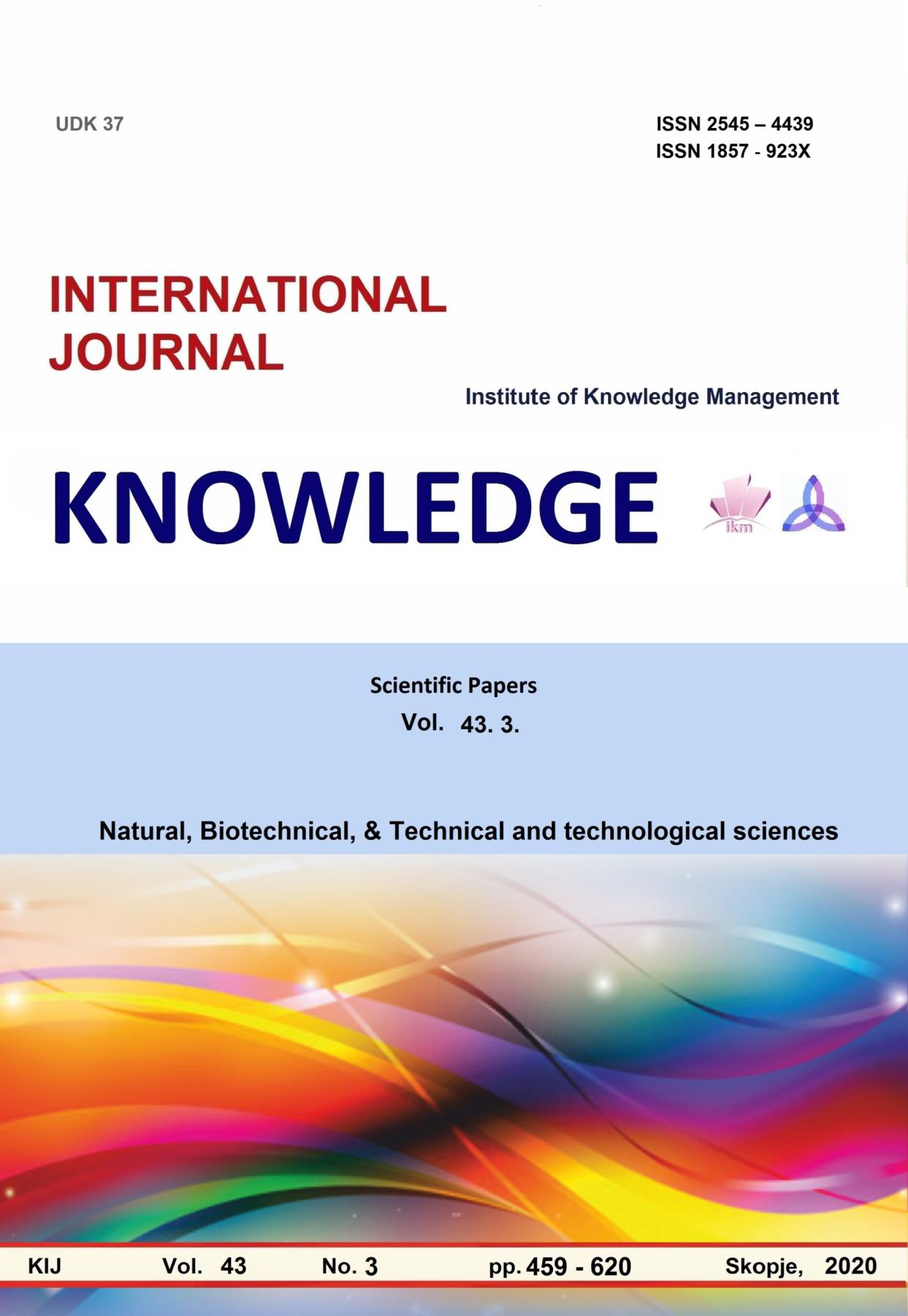DOPRINOS UPOTREBE DIGITALNIH SIMULACIJA U USVAJANJU OSNOVNIH KONCEPATA DIFUZIJE I TERMIDINAMIČKE RAVNOTEŽE
CONTRIBUTION OF DIGITAL SIMULATION USAGE TO THE ADOPTION OF BASIC CONCEPTS OF DIFFUSION AND THERMODINAMICS EQUILLIBRIUM
Author(s): Ivana KruljSubject(s): Social Sciences
Published by: Scientific Institute of Management and Knowledge
Keywords: Diffusion of gasses; Thermodynamics equilibrium; virtual laboratory; digital simulations; alternative conception
Summary/Abstract: What is shown in this article is the teaching approach to Molecule-kinetic gas theory and Thermodynamics, which are being studied within Physics in the first year of Studies, more precisely, programs of Machanical engineering, Road traffic engineering, Furniture design and interior engineering, Food technology and Environment protection, in Vranje Department of The Academy of Applied Technical and Preschool Studies. Based on differences between high school programs, after which students continued their education on the Academy, and adoption of basic physical concepts from previous level of education analysis' results, including those presented in scientific and pedagogical literature, referring to new teaching approaches, what was implemented for studying Molecule-kinetic gas theory and Thermodynamics are the activities of active learning, which would lead to higher degree of adoption of basic physical concepts, but also increase learning motivation. Special problem for adoption of knowledge in these fields are insufficiently adopted concepts of Mechanics. In the basis of difficulties in understanding macroscopical quantities lies the nonunderstanding microscopical processes in gases. In literature, it is said that students adopt new concepts using various virtual labs materials. In the article, digital APLETS and simulation processes used on Physics classes are presented, as well as detected work results, alternate conceptions, and still-present difficulties in understanding the phenomena explored by Molecule-kinetic gas theory and Thermodynamics. The article includes description of digital simulations resources and digital labs usage. Special attention is paid to teaching approach to diffusion gases studying, as well as teaching approach to understanding thermodynamics equillibrium. In classes, resources from the following web addresses were used phet.colorado.edu i educaplus.org. In the article, beside the advantages of these web tools, digital simulations and virtual labs usage, the drawbacks are also noticed. However, in the very end, results of basic concepts adoption analysis are presented and motivation for learning by the mentioned approach level is assessed. It is shown that students learn faster using digital simulations, that adopted knowledge is more permanent and is not on the level of reproduction, but on the level of usage. Despite that, it should be said that certain alternate conceptions are being created, which can be an interference in understanding the content and accomplished conceptual changes
Journal: Knowledge - International Journal
- Issue Year: 43/2020
- Issue No: 3
- Page Range: 563-568
- Page Count: 6
- Language: English, Serbian

